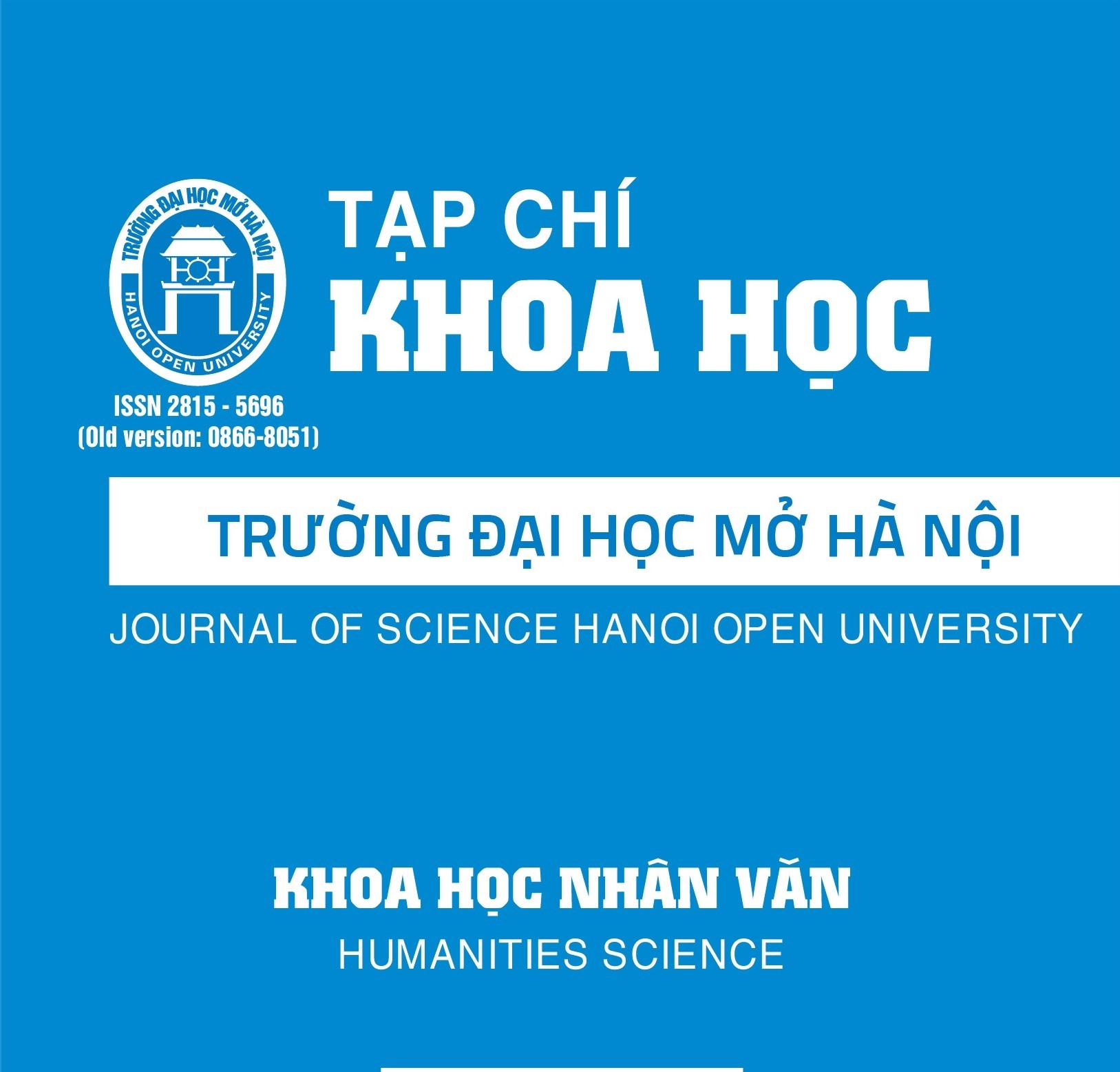ENHANCING ENGLISH- VIETNAMESE TRANSLATION SKILLS VIA STUDENT TEAMS-ACHIEVEMENT DIVISIONS TECHNIQUE: ACTION RESEARCH AT HANOI OPEN UNIVERSITY
Từ khóa:
Action research, STAD technique, translation skills, second-degree English majors, translation 1Tóm tắt
With an aim to improve the translation skills of the second-degree English major students at Hanoi Open University, the Classroom Action Research was done with the use of Student Teams-Achievement Divisions (STAD) technique. 24 Students in class were divided into six groups. The Classroom Action Research consisted of two cycles. The data collected were all the results of the pretests, the post-tests, observation sheets and the worksheets. The research revealed that in the pre-test the average grades were not good enough (58,33). The average grades of the whole class in the post-test of the first cycle were a little better (66,46). There were not many changes in the grade level. In the cycle 2, the average grades of the post- test were better with (77,96). The Student Teams-Achievement Divisions (STAD) technique proved that it was effective for teaching translation skills. The research helps enrich the background for translation methodologies and for the practice of the translation skills.
Tài liệu tham khảo
[1]. Arikunto, S., Suhardjono, & Supardi. (2010). Penelitian tindakan kelas. Jakarta: Bumi Aksara.
[2]. Baker, M.. In other words: A course book on translation. London: Routledge, (1992).
[3]. Burns, R.B. Introduction to research methods (4th Ed.), SAGE Publications, London. (2000).
[4]. Catford, J. C. A linguistic theory of translation; an essay in applied linguistics. London: Oxford University Press, (1965).
[5]. Hassen, R. Female Teachers’ Professional Development through Action Research Practice. Journal of Education and Practice, 7(22), 6-18. ISSN 2222-1735 (Paper), ISSN 2222-288X. (2016)
[6]. Jakobson, Roman. “On Linguistic Aspects of Translation”, in Lawrence Venuti (ed.) The Translation Studies Reader, second edn, London and New York: Routledge, 138- 43. (1959/2004).
[7]. Larson M.L.. Meaning – Based Translation : a guide to cross-cultural equivalence. London : University Press of America, (1984).
[8]. Majoka, M.I., Dad, M.H. & Mahmood, T. Student Teams Achievement Division (STAD) as an active learning strategy: Empirical evidence from mathematics classroom. Journal of Education and Sociology. (2010).
[9]. Newmark, P. A textbook of translation, Prentice Hale International, London and New York. (1988)
[10]. Newmark, P. Approaches to translation Cambridge University Press, Cambridge. (2006)
[11]. Nida, Eugene A. & Taber, Charles R..The Theory and Practice of Translation, Nedherlands: E.J. Brill, (1982).
[12]. Séverine, H. D. A Reflection on Action Research Processes in Translator Training, the Interpreter and Translator Trainer, 2(1), 75-92, DOI: 10.1080/1750399X.2008. 10798767. (2008).
[13]. Slavin, R. E.. Cooperative learning: Theory, research, and practice. Boston: Allyn & Bacon. (1995)
[14]. Wang, T.. Applying Slavin’s cooperative learning techniques to a college EFL conversation class. Journal of Human Resource and Adult Learning,5(1), 112-120 (2009)
[15]. [15] Wyk, M.V. The effects of the STAD cooperative learning method on student achievement, attitude and motivation in economics education. Journal of Social Science, 33(2): 261-270(2012).
[16]. Yusuf, Karmawati. Keunggulan dankekurangan pembelajaran kooperatif tipe STAD. (2009) Retrieved on Dec 14th, 2022 from http://karmawatiyusuf.blogspot. co.id/2009/01/pembelajaran-matematika- dengan.html
